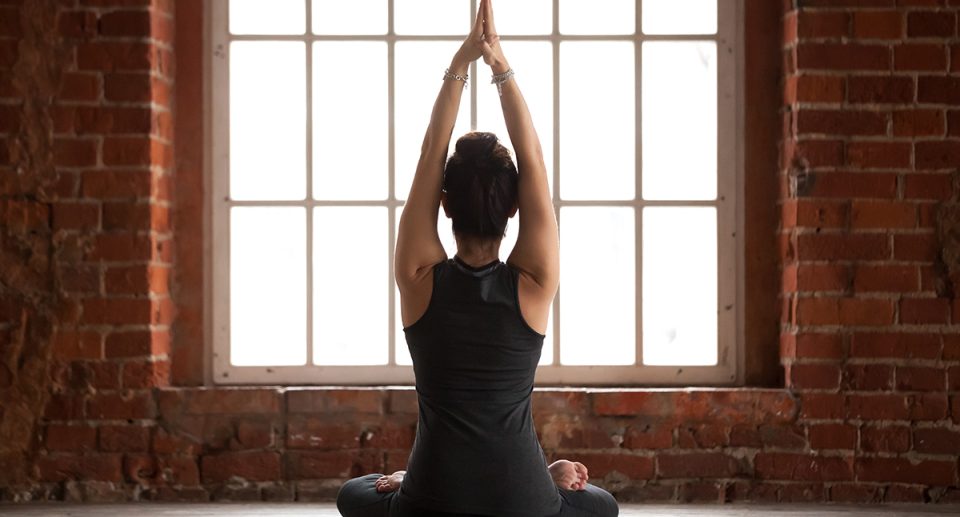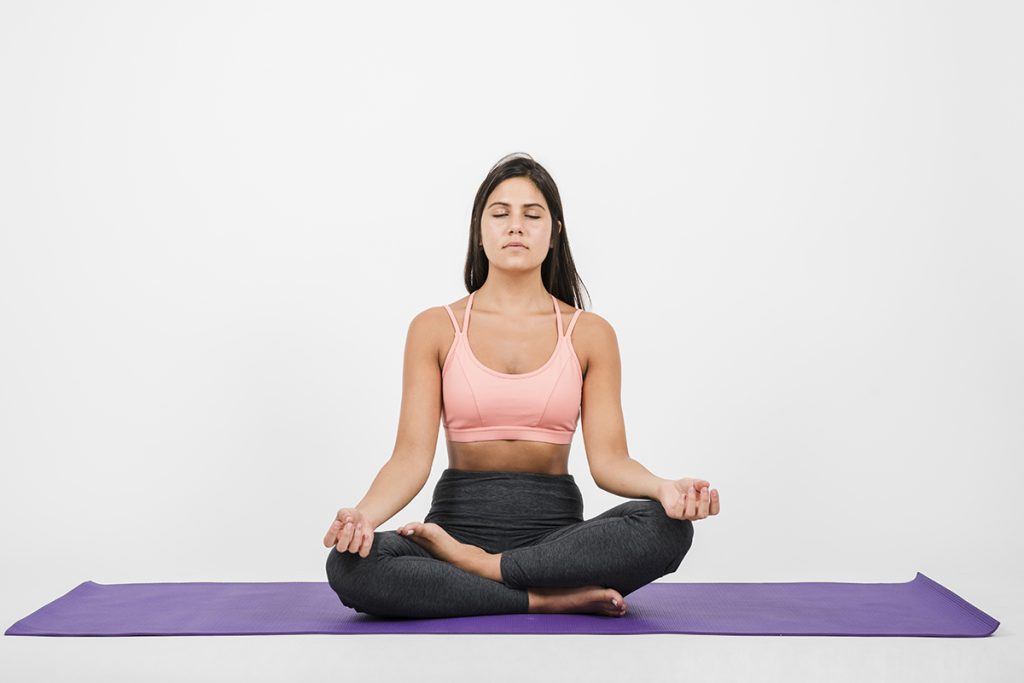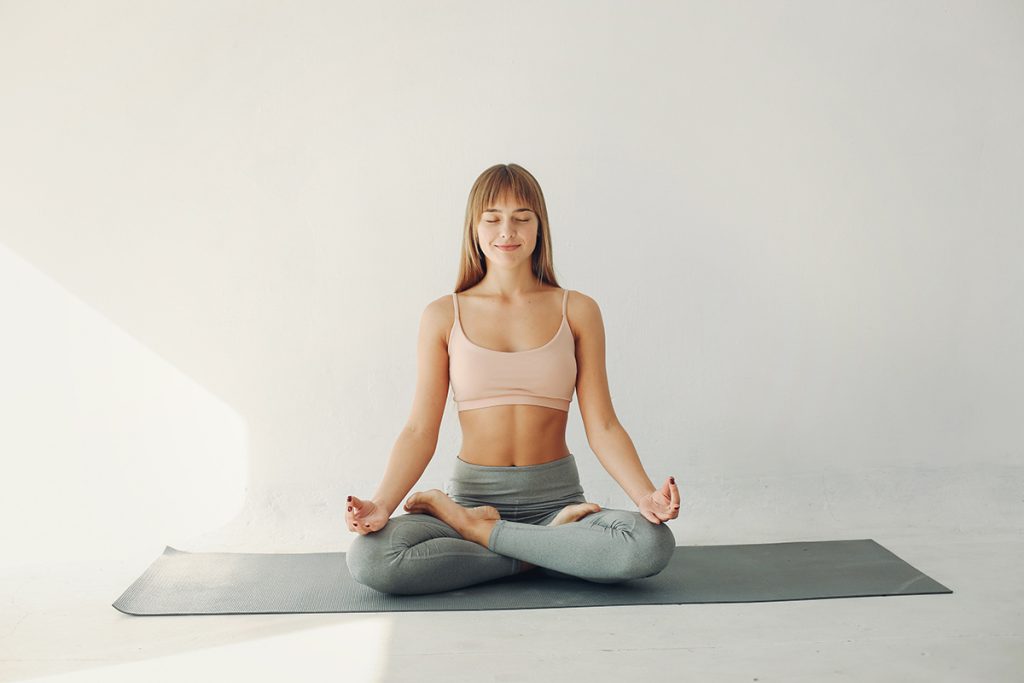5 Popular types of yoga explained

Yoga has evolved into a comprehensive term encompassing the practice of movement synchronized with the breath. Its essence lies in the concept of unity, harmonizing the mind, body, and spirit, with its roots originating from India.
Originally, there were four primary types of yoga, namely karma, bhakti, jnana, and raja. Karma yoga emphasizes selfless service and assisting others. Bhakti yoga involves devotion and often involves group chanting, known as Kirtan. Jnana yoga focuses on self-study, delving into ancient yoga texts to gain insight into the human mind and transcend its limitations.
Raja yoga, which is more familiar in the Western world, encompasses the physical aspect of yoga. Within Raja yoga, Hatha yoga specifically entails the practice of yoga postures combined with breath control. However, in the Western world, we have ventured beyond these traditional forms and developed numerous other variations of yoga.


In the Western world, we are now familiar with the abundance of diverse yoga styles. When you examine the schedule of a yoga studio, you’ll encounter numerous options, making it challenging to determine where to begin. In this guide, we will outline five types of yoga and their respective benefits.
It’s important to note that there is no right or wrong choice, as it’s about discovering the practices that suit your body. Some individuals engage in multiple types of yoga, while others prefer to focus on a single one. This article aims to provide you with more information, enabling you to make an informed decision based on what will be most beneficial for your body and mind. So, grab your yoga mat, and let’s embark on this journey.

Yin Yoga
Yin Yoga is a relatively new form of yoga that recognizes the individuality of each human body. It places emphasis on the concepts of tension and compression, allowing you to hold yoga postures and release further when working with tension. For instance, Yin Yoga aims to loosen the connective tissues, but once you’ve reached your limit, compression occurs, such as when bones come into contact. While we cannot alter our bone structure, we can induce stress on our muscles to release them.
In line with the principles of tension and compression, Yin Yoga involves holding postures for several minutes, typically ranging from three to five minutes, or even longer. The practice entails passive stretching, where you relax your muscles while maintaining the postures, as opposed to active stretching in most other yoga styles.
This approach provides an opportunity to gradually intensify the posture and patiently wait for your body’s invitation to delve deeper, reaching the point of compression. Furthermore, it acknowledges that each body is unique, allowing the postures to manifest differently in different individuals. After all, since our bone structures differ, why should the postures look identical?
Yin Yoga serves as an excellent release for both the body and mind. It is a serene practice characterized by moments of silence. Initially, it may be challenging to confront your thoughts, but with consistent practice, you will learn to appreciate the freedom it offers to the mind as your thoughts gradually slow down.

Iyengar Yoga
Iyengar Yoga is a meticulous style of yoga that places great emphasis on the intricate aspects of each posture. It heavily relies on the utilization of props, making it an excellent choice for individuals with limited mobility. Instructors of Iyengar Yoga invest significant time and resources in extensive training spanning many years.
This ensures that you practice under the guidance of knowledgeable and experienced teachers. However, it’s important to remember that your body is unique, and not all of their recommendations may be suitable for you. A skilled yoga teacher will attentively listen to your needs and collaborate with you to discover variations that suit your individual requirements.
In the realm of traditional yoga practices in the Western world, Iyengar Yoga stands out. As such, you can anticipate encountering familiar yoga postures like triangle pose, shoulder stands, standing forward bends, warriors, and many others. Unlike flowing sequences found in some other styles, Iyengar Yoga classes typically focus on static holds.
Each posture is sustained for a specific number of breaths before transitioning to the next. Similar to Yin Yoga, the practice involves exploring the sensations and thoughts that arise while maintaining the postures. Engaging in Iyengar Yoga can cultivate a profound sense of contentment and inner peace.
When practicing Yin Yoga, it is beneficial to have a few props on hand in addition to your yoga mat. Useful props include yoga blocks, cushions, blankets, bolsters, and a belt. These props assist in providing support as needed, allowing you to sustain the postures comfortably.


Ashtanga Yoga
Now, let’s shift our focus to the opposite end of the spectrum from Yin and Iyengar Yoga, known as Ashtanga. Ashtanga Yoga is characterized by a significantly faster pace, incorporating dynamic flows and sequences. In addition to the static postures, you can expect to engage in mini flows that facilitate smooth transitions between each posture. These flows often involve a series of sun salutations performed between the postures.
Even the primary sun salutations within Ashtanga Yoga are more advanced compared to those found in a typical Hatha yoga class. For instance, Ashtanga includes two types of sun salutations, A and B, which feature additional elements such as chair pose and warrior 1, not commonly included in sun salutations of other yoga styles.
Moreover, the warm-up phase usually involves performing more rounds of sun salutations. Ashtanga Yoga is often practiced in a heated environment, leading to a vigorous and sweat-inducing session.
Ashtanga Yoga caters to individuals who prefer a more intense and physically demanding approach to fitness. While its ultimate objective aligns with other forms of yoga, which is to unite the body and mind and cultivate a sense of inner stillness amidst the fluctuations of the mind, Ashtanga achieves this through a dynamic practice.
It is important to note that Ashtanga Yoga is not exclusively designed for individuals who are already highly fit; rather, engaging in this practice can help improve fitness levels over time. However, if you are considering attending an Ashtanga class, it is worth acknowledging that the pace can be quite fast, and you may initially feel overwhelmed.
Rest assured, it is perfectly acceptable to take breaks or communicate with the teacher beforehand, expressing your newness to the practice and requesting additional guidance. Do not be discouraged by the initial challenges, as Ashtanga Yoga offers substantial benefits, although it may take time to adapt, as is the case with any form of yoga. Some individuals choose to complement their Ashtanga practice with Yin Yoga to strike a balance between Yin and Yang energies within their practice.

Kundalini Yoga
Kundalini Yoga may not be as widely recognized as other forms of yoga, but it holds significant popularity within the yoga community, often captivating those who embark on the practice. Within the realm of spiritual practice, Kundalini symbolizes the dormant serpent energy resting at the base of the spine. The aim of any yoga practice is to awaken this energy, allowing Kundalini to ascend through the spine and activate the spiritual centers known as chakras, ultimately leading to spiritual bliss.
While in the Western world, yoga is commonly regarded as a means to maintain spinal health, the movements associated with Kundalini Yoga serve this purpose. However, in the Eastern perspective, the well-being of the spine extends beyond physical fitness, encompassing the nourishment, stimulation, and liberation of the energy system that resides within.
Kundalini Yoga is renowned for its ability to elevate energy and awaken the chakras, facilitating spiritual enlightenment. As a dynamic practice, it involves fluid and repetitive postures, often accompanied by chanting and invigorating breathwork. In contrast to gentler forms of yoga, Kundalini Yoga incorporates breathwork techniques that resemble hyperventilation, such as the Breath of Fire (it is safe to practice, but individuals prone to panic attacks should exercise caution).
This practice is well-suited for those seeking a more spiritually-focused approach to their yoga journey, as it delves into chanting and meditative practices. It is important to note that Kundalini Yoga may differ from the way yoga is typically portrayed in mainstream media. Nevertheless, it offers a transformative and rewarding experience that can enhance both mental and physical well-being.

Acro Yoga
Acro Yoga distinguishes itself from most other forms of yoga by incorporating a partner into the practice. It is a unique experience that fosters trust and can be particularly enjoyable for couples. In Acro Yoga, one person assumes the role of the base, while the other person engages in yoga postures, supported by the base’s hands and feet, suspended in the air.
You may have come across captivating videos of this practice on social media platforms, showcasing its mesmerizing and graceful nature, especially once the fundamentals are mastered. However, it is important to note that Acro Yoga can be challenging to master, and expect some tumbles along the way, which often result in shared laughter and a sense of playfulness.
Immersing oneself in yoga postures while defying gravity and disconnecting from the floor is an extraordinary experience. In Acro Yoga, you navigate through various postures by balancing on your partner’s hands and feet, acquiring the skills to transition with grace and precision. The role of the base in this practice is demanding, often requiring greater strength.
Although it may appear as though the base is lying on their back with their limbs suspended in the air, there is an art to properly distributing weight and ensuring that the supporting hand is in the correct position as the person being supported moves.
Acro Yoga offers a delightful way to spend time with a close friend or partner. It surpasses the challenges posed by most other yoga styles, yet the rewards for both the mind and body are abundant. You will find that familiar yoga postures, which you thought you knew, take on an entirely new dimension when turned upside down! Patience is key, so savor the journey and enjoy the process of exploration and growth.





















